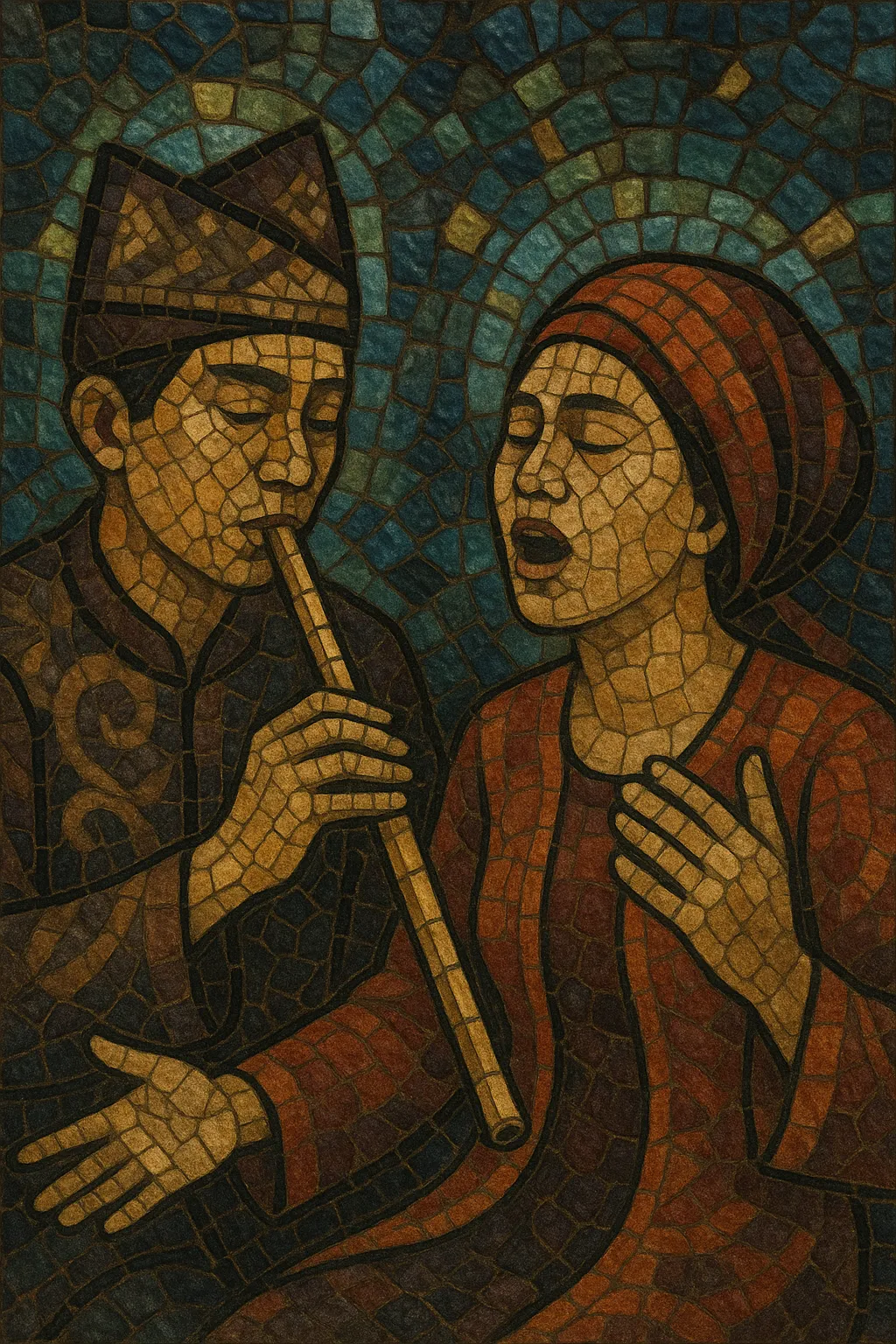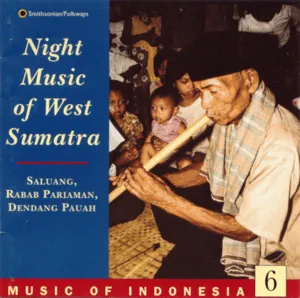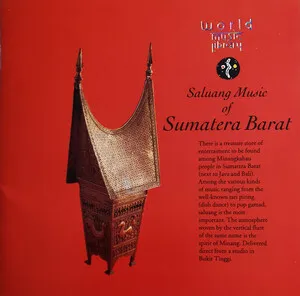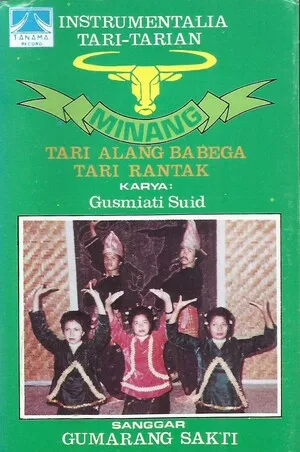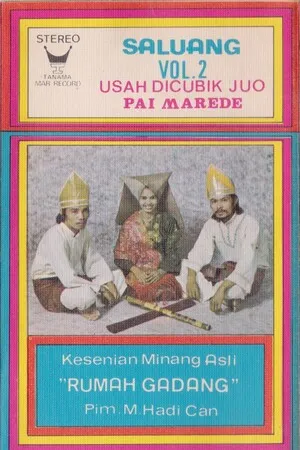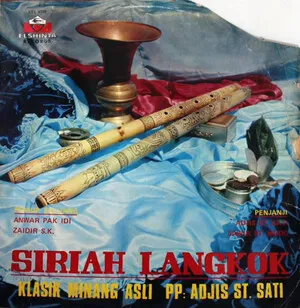Saluang klasik is a traditional Minangkabau vocal–flute music from West Sumatra, Indonesia, centered on the bamboo end-blown flute called the saluang and a solo singer who delivers improvised poetry (dendang) in the Minangkabau language.
Performances are intimate, often nocturnal gatherings where the flutist sustains an unbroken, hypnotic stream of sound using circular breathing while the singer weaves pantun-like verses about love, longing, migration (perantauan), social life, and moral reflection. The music is largely monophonic, ornament-rich, and typically free-metered, creating a floating sense of time punctuated by the flutist’s breath cycles and motivic ostinati.
Saluang klasik is considered a “classical” or canonical strand of Minangkabau oral art, preserving regional modes, timbres, repertories, and performance etiquette that predate modern popular styles.
Saluang klasik grew out of Minangkabau oral-poetic and instrumental traditions in West Sumatra. The saluang flute—crafted from thin bamboo (talang)—has long accompanied narrative and lyrical singing (dendang) at evening socials, village festivals, and community events. Its “classical” designation refers to the codified modes, repertory, and etiquette transmitted via apprenticeship and community practice.
With increased mobility and the Minangkabau diaspora (perantau), the tradition circulated between rural nagari and urban centers like Padang and Bukittinggi. Radio broadcasts and later cassettes helped standardize well-loved dendang texts and regional styles while still leaving room for improvisation. The flutist’s circular breathing became emblematic of the genre’s continuous, trance-like flow.
Cultural institutions, local festivals, and community “malam bagurau” gatherings have supported continuity, while recordings and stage presentations introduced saluang klasik to broader Indonesian audiences. Contemporary practitioners maintain core aesthetics (free rhythm, pentatonic-leaning modes, ornate melisma) and topical verse-making, using the genre as a living archive of Minangkabau identity and social commentary.

